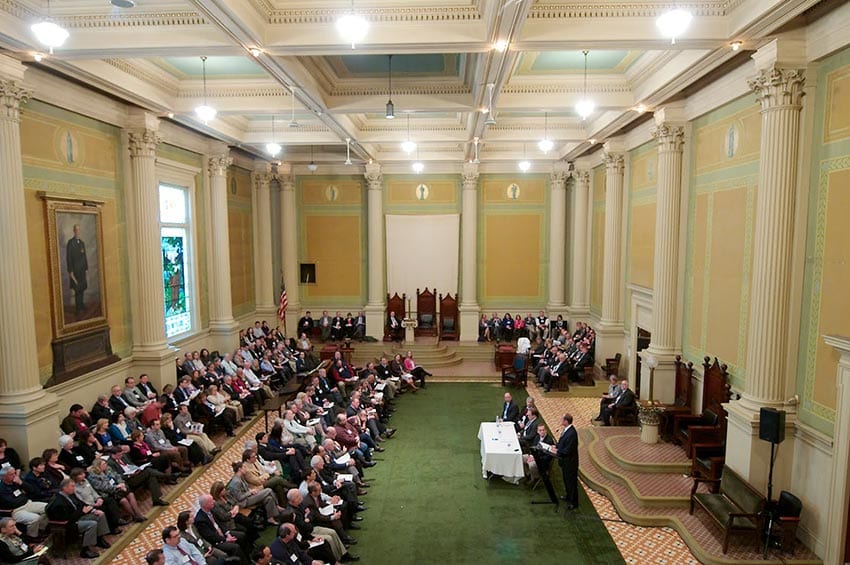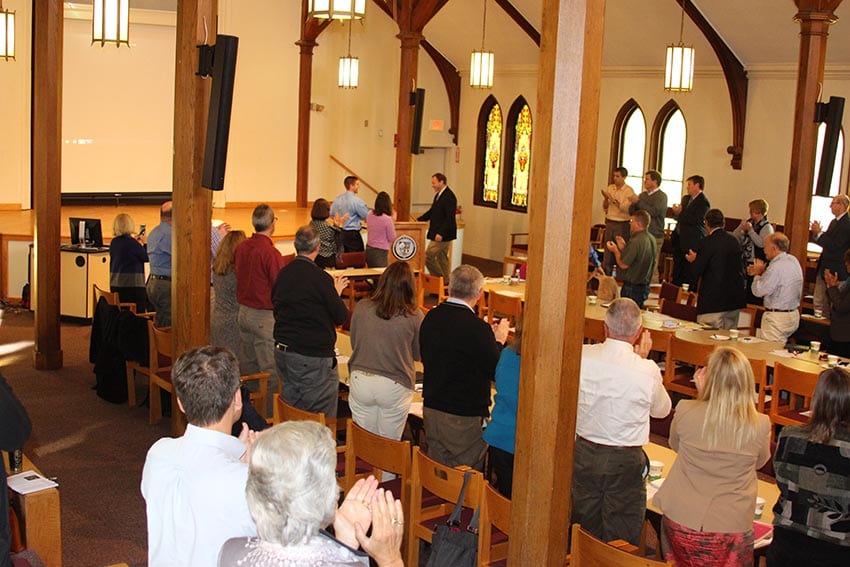July 26, 2016
By Emily Badger
Washington Post
At the very bottom of the housing market, where families live on a fraction of what the typical American household makes, the math simply doesn’t add up. The market can serve up old homes, mobile homes, homes that are cheap because they’re rundown.
But the private market can’t, on any meaningful scale, create new affordable housing for the very low-income from scratch.
Such properties, as developers put it, don’t pencil out. The costs of building them outstrip what the people who may live in them could afford to pay in rent. And this is broadly true in expensive coastal cities and cheaper Midwestern ones alike.
To illustrate the fundamental math problem here — and the solution it points to — the Urban Institute and National Housing Conference recently looked at the financials from a number of housing projects in Denver that sought affordable housing fund loans and tax credits last year. Denver is a relatively good national case study: It doesn’t have a white-hot housing market like Washington, but new housing construction there is healthier than in many places, and it’s not overly regulated. Denver is like Minneapolis or Charlotte.
There, the researchers posed this common question about housing for the relative poor: “Why is it that the private market just can’t build housing at a cost people can afford?” asked Erika Poethig of the Urban Institute.
For renters who make 30 percent of the local median income, or even 60 percent, new multifamily buildings were simply impossible to build without public help once you factor in the costs of acquiring land, paying designers, constructing buildings, maintaining them and servicing loans. The Urban Institute has built a revealing interactive — based on composites of all of those real Denver deals — that lets you adjust the details to try to make the math work.
Nudge down the design and development fees, pay the construction workers less, drop the interest rate as low as it will go, spend nothing on maintenance, even assume that someone gave the land for free — and the buildings still aren’t feasible. A 50-unit apartment is still millions short.
“Even if you try to tweak a lot,” Poethig says, “for people of extremely low incomes, there’s just going to be this gap to the cost of development and production of housing.”
Even if you could build an entire property for free, an apartment meant for extremely low-income renters (those making 30 percent of area median income or less) probably wouldn’t work at the end of the day. Those apartments could still cost more to maintain over time than the families living in them would yield in rent. That’s basically the story of what’s broken with public housing today.
In the Urban Institute’s model, there are really only three ways to solve the equation. You can demand renters pay more than what’s considered affordable to them, or 30 percent of their income in rent. Push that assumption closer to 100 percent — assuming the poor don’t need much for groceries, or bus tickets, or school clothes or prescriptions — and you may get there. Or you can push the target income for the renters higher, designing a building for families at 80 or 120 percent of the median income — and that may do the trick, too. But then you’re not really building affordable housing for the poor.
Or you can bridge the gap with public subsidies. That’s the bottom line.
“Building affordable housing is truly a public-private partnership,” Poethig says, “and the private only takes you so far.”
Most of these properties will require some kind of aid for both the renter and the developer.
To the extent that government should step in when the private market can’t, affordable housing is a prime example. The larger problem, though, is that we hardly devote the kind of public resources to this market failure that it demands.
Developers often say the same of luxury housing like much of what’s rising right now in Washington — that they can’t make any other kind of project pencil out. And where that’s true, cities are starting to ponder this same calculationfor the middle class. But the low-income math that the Urban Institute illustrates applies effectively everywhere. Even the cheaper cost of land or labor — or low regulations — won’t save a community from this problem.
To view the original article, click here.


